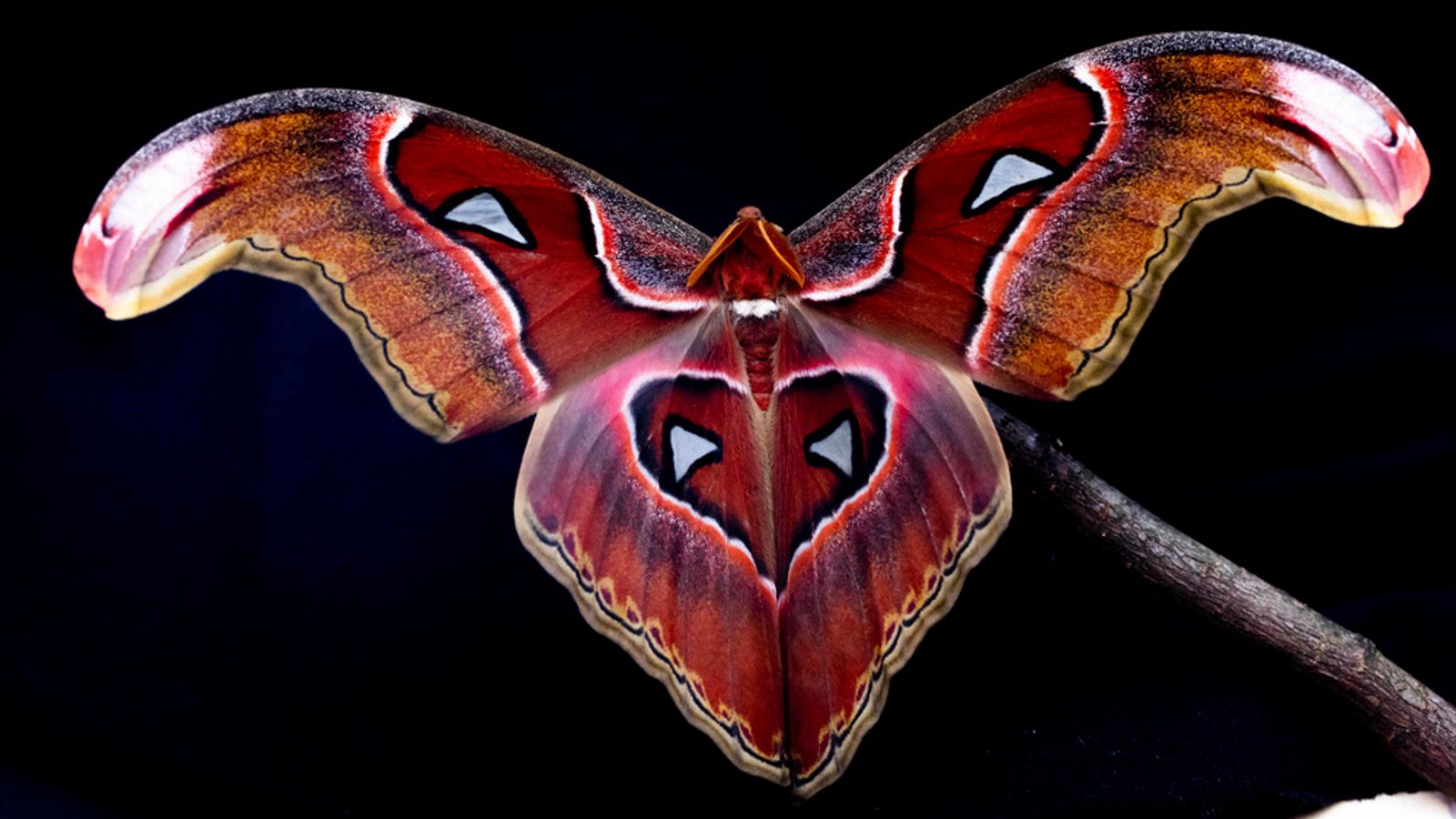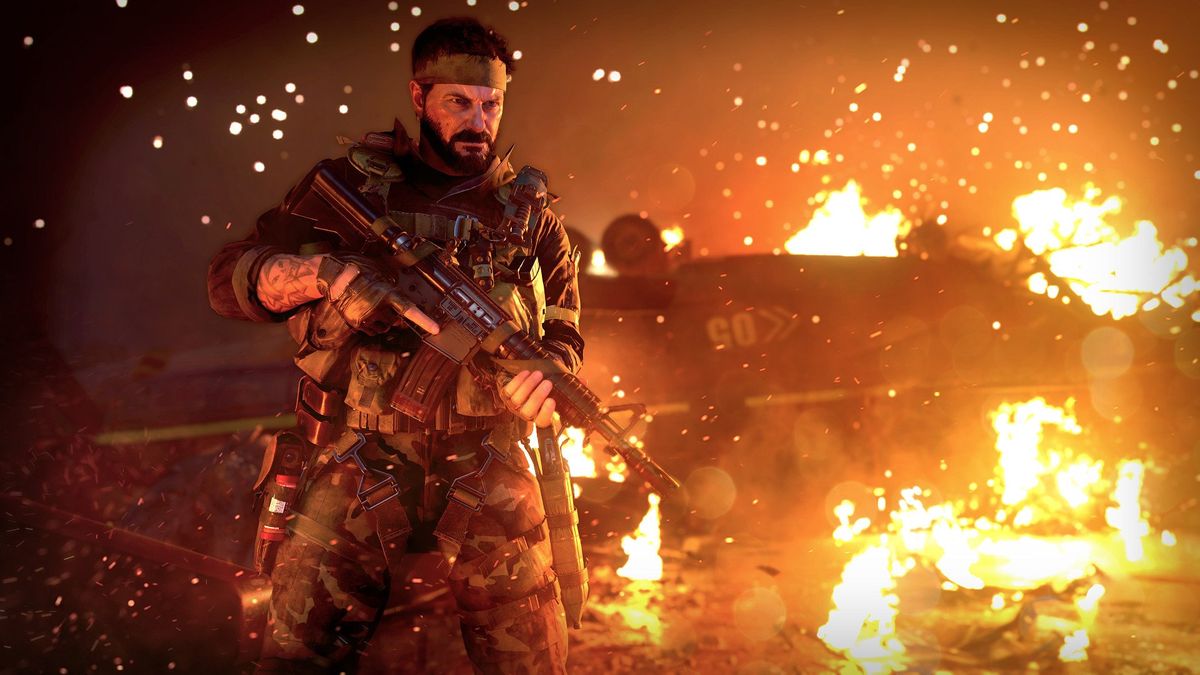Flying insects have a “navigational problem” when close to artificial sources of light, experts have found.
Flying insects have long been thought to be attracted to street lamps – but researchers now believe artificial lights impact their orientation.
Insects use light to work out which way is up by sensing “the sky is light, the ground is dark”, experts said, making artificial sources of light a cause for confusion.
Insects do not fly directly into a light source, but actually “tilt their backs toward the light,” said Sam Fabian, an Imperial College London entomologist and co-author of a new study.
Experts said this makes sense if the strongest light source was in the sky – but in the presence of artificial lights, the result is mid-air confusion as insects flutter erratically.
The study, published in the journal Nature Communications, said insects facing their back to natural sky light “helps maintain proper flight attitude and control”.
But close to artificial sources, such as street lighting, the response can be to “produce continuous steering around the light and trap an insect”.
Tyson Hedrick, a biologist at the University Of North Carolina At Chapel Hill who was not involved in the research, said: “Insects have a navigational problem.
“They’re accustomed to using light as a cue to know which way is up.”
Using insects to make protein
Insect flight was least disrupted by bright lights that shine straight downward, the researchers found.
Avalon Owens, a Harvard entomologist not involved in the study, said the invention of artificial lights had changed the environment for insects.
“For millions of years, insects oriented themselves by sensing that the sky is light, the ground is dark,” she said.
Read more on Sky News:
COVID ‘still evolving at an incredible rate’
The age of the cyborg has arrived
For the study, researchers attached tiny sensors to moths and dragonflies in a laboratory to film “motion-capture” video of flight – similar to how filmmakers attach sensors to actors to track their movements.
They also used high-resolution cameras to film insects swirling around lights at a field in Costa Rica.
This allowed them to study in detail how dragonflies will circle endlessly around light sources.
They also documented how some insects will flip upside down – and often crash land – in the presence of a source shining straight up, such as a search light.

Dr. Thomas Hughes is a UK-based scientist and science communicator who makes complex topics accessible to readers. His articles explore breakthroughs in various scientific disciplines, from space exploration to cutting-edge research.








